It only seems normal to drag a dead tree into your house in order to get drunk in front of it because we do it every year. Same with all the holiday tales and traditions involving Santa, little baby Jesus, that Mariah Carey song, and everything else we associate with Dec. 25.
How strange would all of this seem to an outsider unfamiliar with the decking of halls and the shunning of red-nosed reindeer? Gain some perspective by considering these 13…unusual Christmas traditions and practices from around the world.
El Caganer, the pooping boy (Spain)
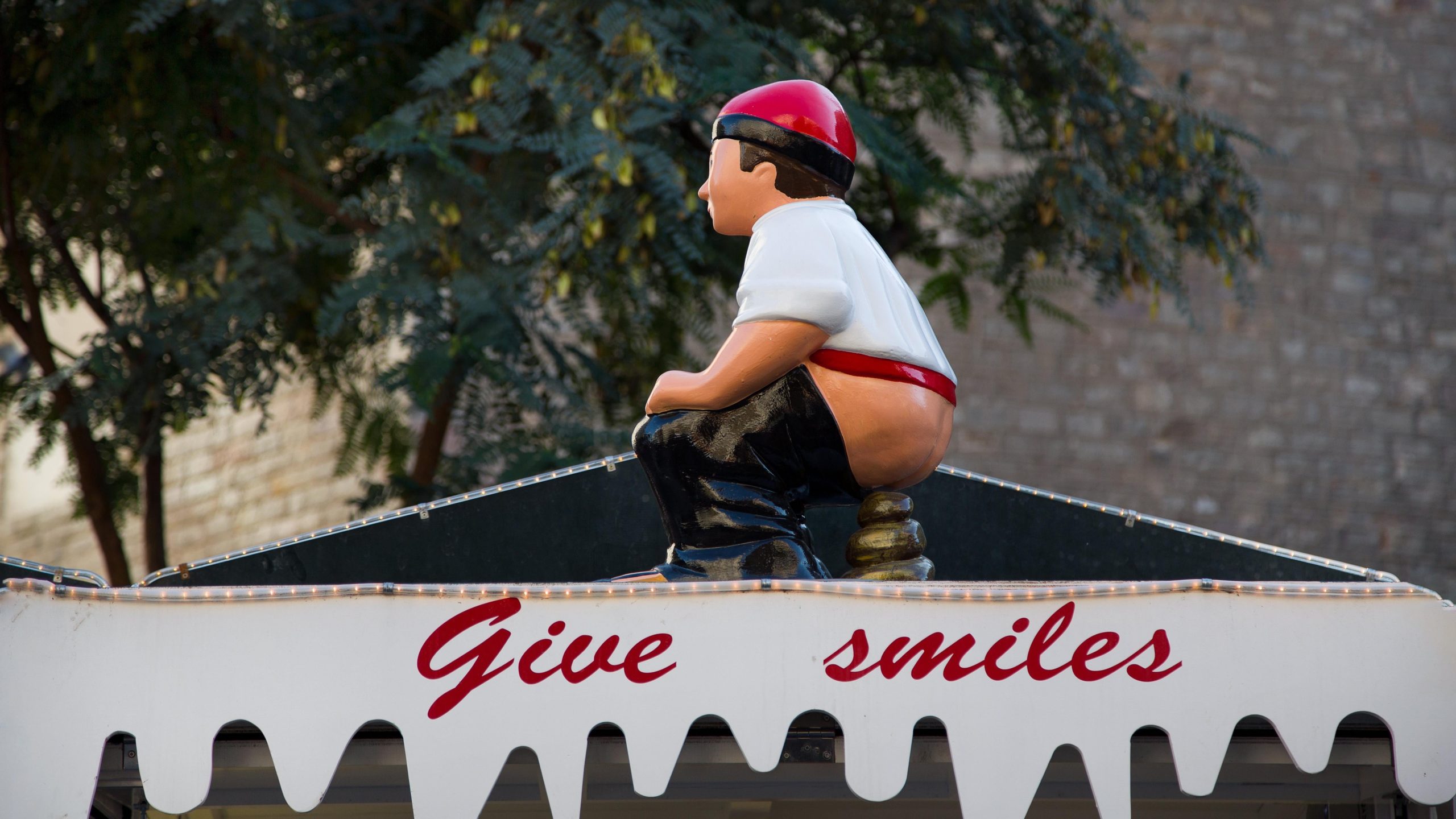
Adding an El Caganer (literally “the defecator”) figurine to elaborate nativity scenes is a holiday tradition in Catalonia, Andorra, and Southern France, where no scale model of Bethlehem is complete without a peasant boy pooping on it. I’m sorry, what?
Since the start of this tradition in the late 17th or early 18th century, children of all ages have enjoyed scanning the elaborate dioramas popular in Spain to find the little kid dropping a deuce, but no one knows what it means or why people stick him in there. Some maintain the crapping lad is symbolically fertilizing the earth. Other say he’s intended as sly commentary on social and political issues. Or maybe it’s just funny to skewer the pageantry and seriousness of Christmas with a good old fashioned poop joke. It’s probably that last one; poop is always funny.
The present-crapping Christmas log (Spain)
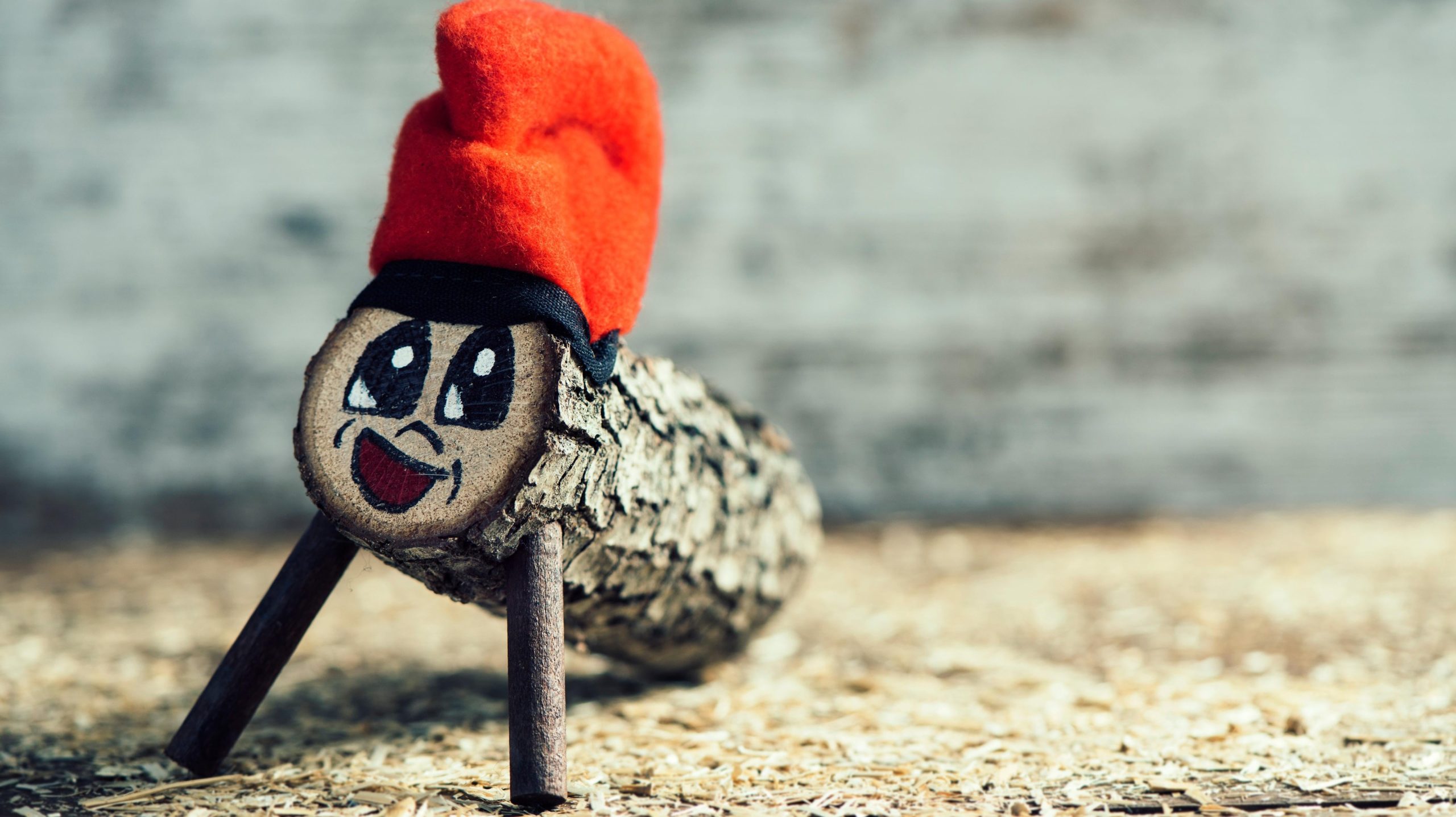
I don’t know what it is with Catalonia and Christmas poo, but along with the pooping boy hidden in their nativity scenes, Catalonian Christmas tradition also includes Tió de Nadal, an anthropomorphic log that shits presents.
Beginning on Dec. 8, the Feast of the Immaculate Conception, households in Catalan display a hollow log (face and hat optional) for children to care for throughout the month. They’re encouraged to cover their new Christmas friend with a blanket at night to keep it warm and to feed it delicious food, lest it starve.
On Christmas morning, the log is placed near the fireplace, and the children sing this song: “Shit, log, almonds and nougats, do not defecate herrings, which are too salty. Defecate nougats which are better. Shit, log, almonds and nougats, and if you don’t want to defecate, I will give you a smack! Shit, log!”
Like the song says, the children then beat the log they’ve cared for with a stick, ordering it to crap out the damn presents already.
The parents send their kids away on some pretext, and when they return, the room is filled with goodies produced from the magical colon of Tió de Nadal, proving, beyond a doubt that kids will believe anything if they think they’ll get a present out of it.
Befana, The Christmas Witch (Italy)
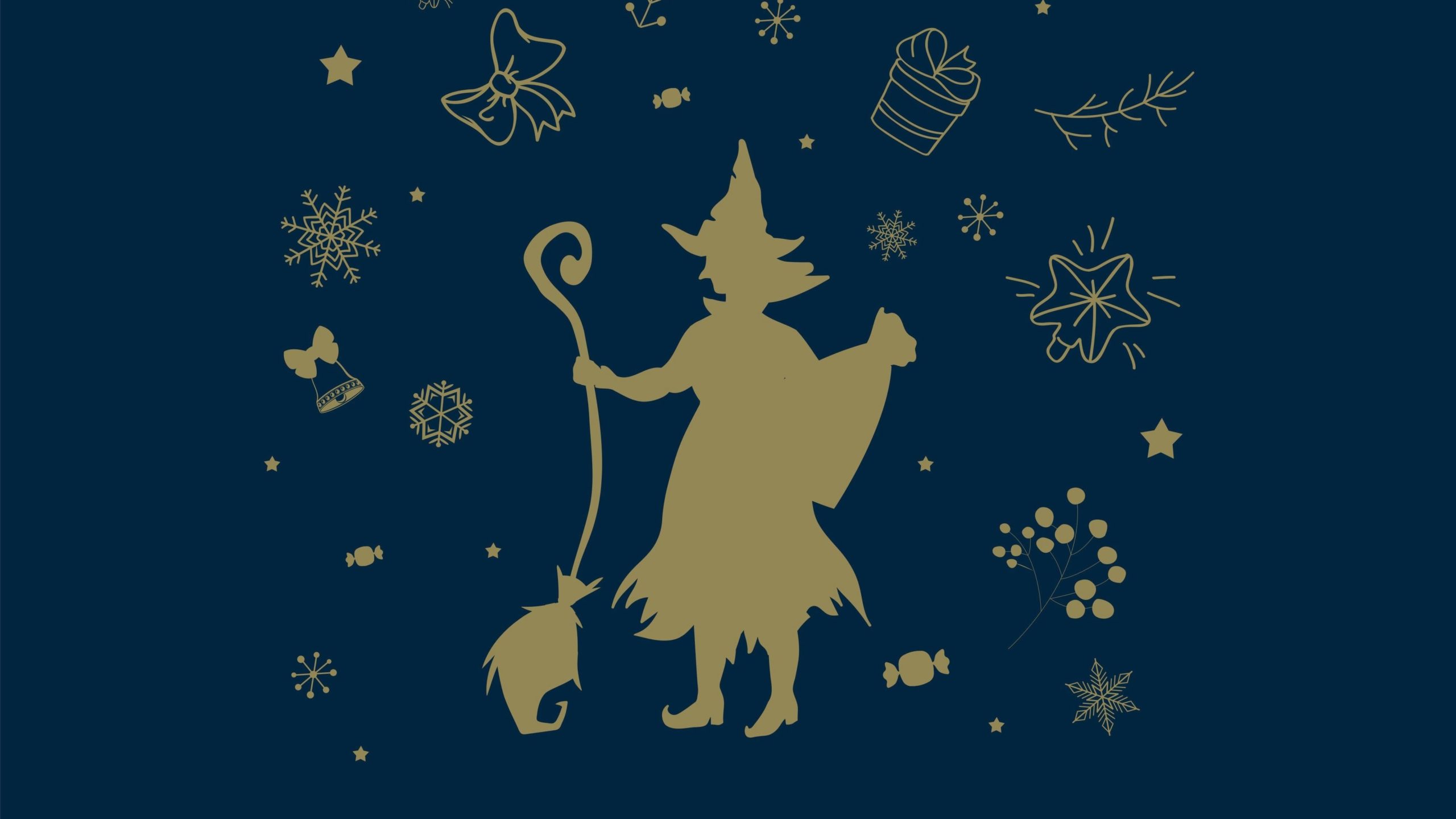
In Italy on January 5th,, children enjoy a post-Christmas visit from Befana, a good-hearted witch. She’s a lot like Santa: She flies through the night on her broomstick, enters through the chimney, and gives candy and presents to good boys and girls, and coal to the baddies. Unlike St. Nick, Befana wants wine and sausage instead of milk and cookies (sensible), which is the least you can do considering she leaves presents and even sweeps up before she leaves.
If that’s all a little too cheery for you, there’s a dark side to this tale of unbridled generosity: Legend has it Benfana was invited to accompany the three wise men to meet Jesus, but she turned them down because she was busy cleaning her house. Later, she changed her mind and went to find the Messiah, but she wasn’t able to, and she’s been looking for Him ever since. Creepy!
Hiding your broom (Norway)
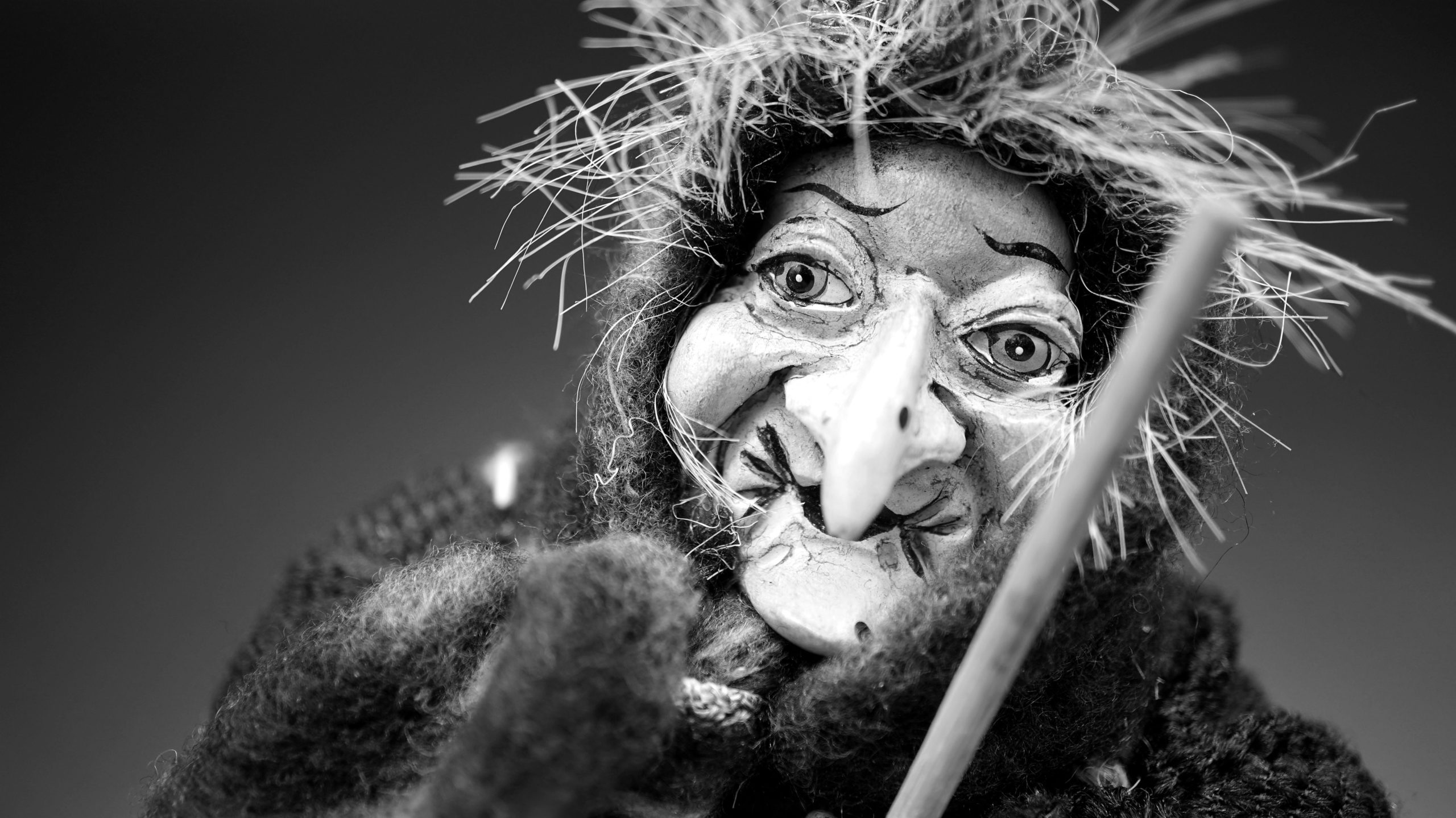
Italians may welcome their Christmas witch with open arms, but in Norway, witches are given no quarter. In a seasonal tradition that supposedly dates back to pagan superstitions, Norwegians hide their brooms on Christmas Eve so no mischievous witches can steal them and fly off into the winter night to do witch-business.
There are some serious holes in this story. How do the witches even get to your house if they don’t have a broom to begin with? Do they walk? And if they already have a broom, what are they going to do with a second one? I need answers, ancient Pagans.
Kentucky Fried Christmas (Japan)

In Japan, where there are few Christians, eating Kentucky Fried Chicken on Dec. 25 is a tradition — so much so that the fast food chain generates 5% of its annual business on that single day. Like all good secular holiday celebrations, the trend began with marketing. Back in 1970, the manager of the first KFC in Japan began advertising fried chicken meals as a way of experiencing a traditional, Western-style holiday. It caught on, and now KFC on Christmas is so popular, Japanese people have to order weeks in advance, lest KFC run out of its signature dish: Nasty, dried up, fried chicken I wouldn’t eat on a dare.
Fireworks and roller skating to mass (Venezuela)

In Venezuela, they celebrate Christmas right. On Christmas morning, people light off firecrackers to wake everyone up, then everyone straps on roller skates and roller-boogies to mass. After all the praying, families and friends then get together to dance, eat, and make music.
The skating tradition is said to have started as a Southern Hemispheric response to sledding, and has grown so popular that the streets are closed to traffic in Venezuela’s capitol city of Caracas on Christmas morning to keep the skaters safe.
Camping on Christmas (South Africa)

Like the roller-skating revelers of Venezuela, South African Christians adapted to the conundrum of Christmas-in-Summer with creativity and style. For many in South Africa, Christmas is a lot like July 4 in the US: an excuse to go camping, have barbecues, and otherwise enjoy not being freezing cold.
Donald Duck Christmas (Sweden)

In Sweden, no Christmas is complete without a televised message from Donald Duck. At 3 p.m. on Christmas Eve, the entire nation gathers around their TVs to watch Kalle Anka och hans vänner önskar God Jul; that is, “Donald Duck and His Friends Wish You a Merry Christmas,” a collection of mostly-non-Christmas themed Disney cartoons from the ‘30s, ‘40s, and ‘50s.
First aired in 1959, Kalle Anka simply must be shown at this exact time and introduced by a live host — a job of such import and gravitas, one former host says the pressure destroyed his life. Any attempt to alter the tradition in any way is met with an immediate, angry outcry from the public.
Despite streaming video, changing times, and younger people who shouldn’t like ancient cartoons, Donald Duck’s strange power over the Swedish psyche continues to grow: In 2020, 4.5 million people tuned in (Sweden’s population is 10.3 million), making it the most-watched broadcast in Swedish history.
The Swedes are a deeply mysterious people.
Krampus (Austria)
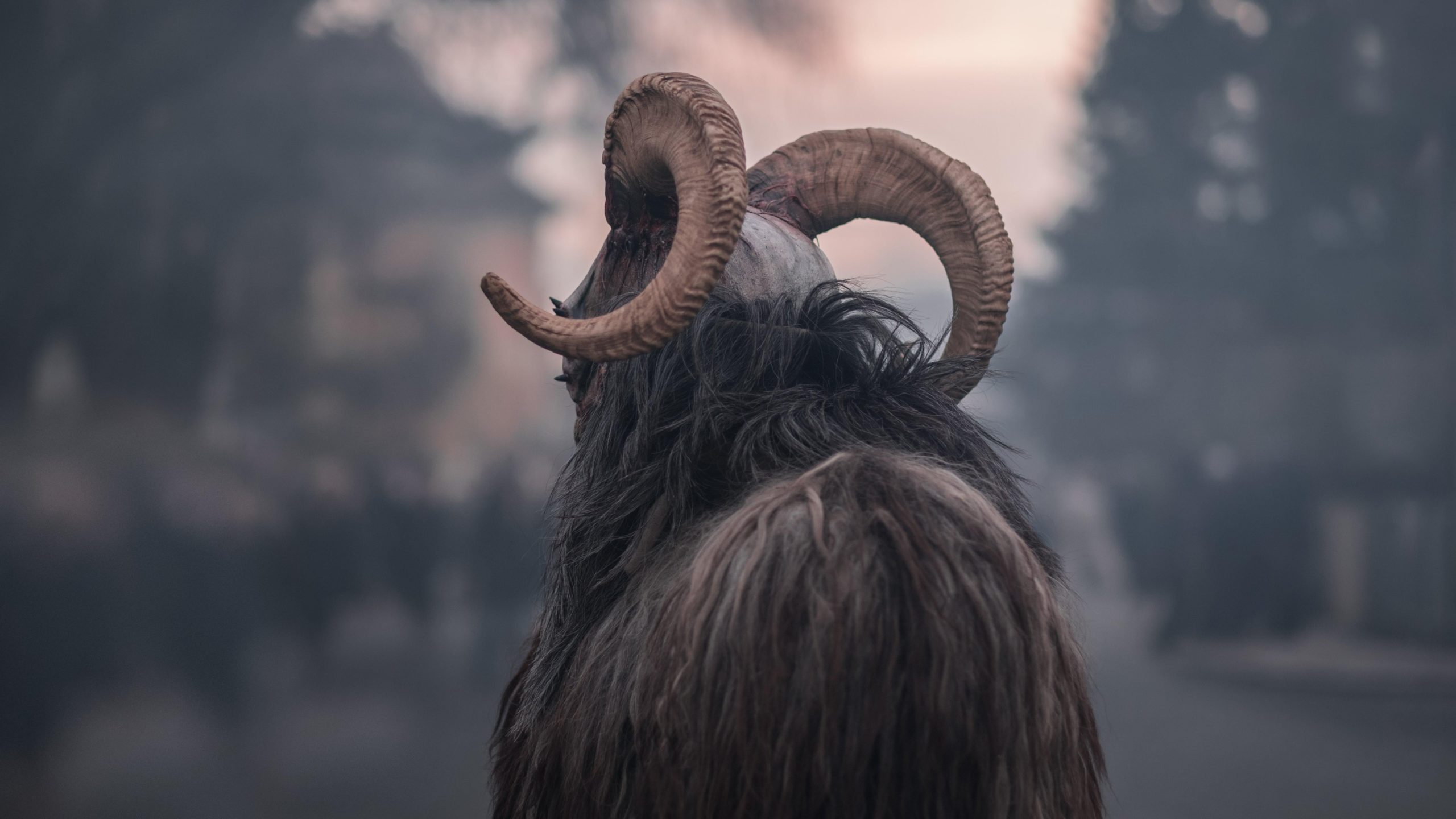
Krampus is having a cultural moment. This secondary character from the expanded Santa-verse truly burst into pop culture consciousness over the last decade, making the jump from obscure figure of Austrian folklore to a cherished part of urban weirdoes’ annual holiday observances the world over.
I’m sure you already know this, but Krampus is a hairy, horned beast who acts as Santa’s henchman and enforcer, beating naughty children with sticks while Santa lavishes the faithful with presents and sweet treats, allowing the fat, fearsome old elf to hold onto his holiday power without having to get his hands dirty.
The Yule Cat and Yule Lads (Iceland)
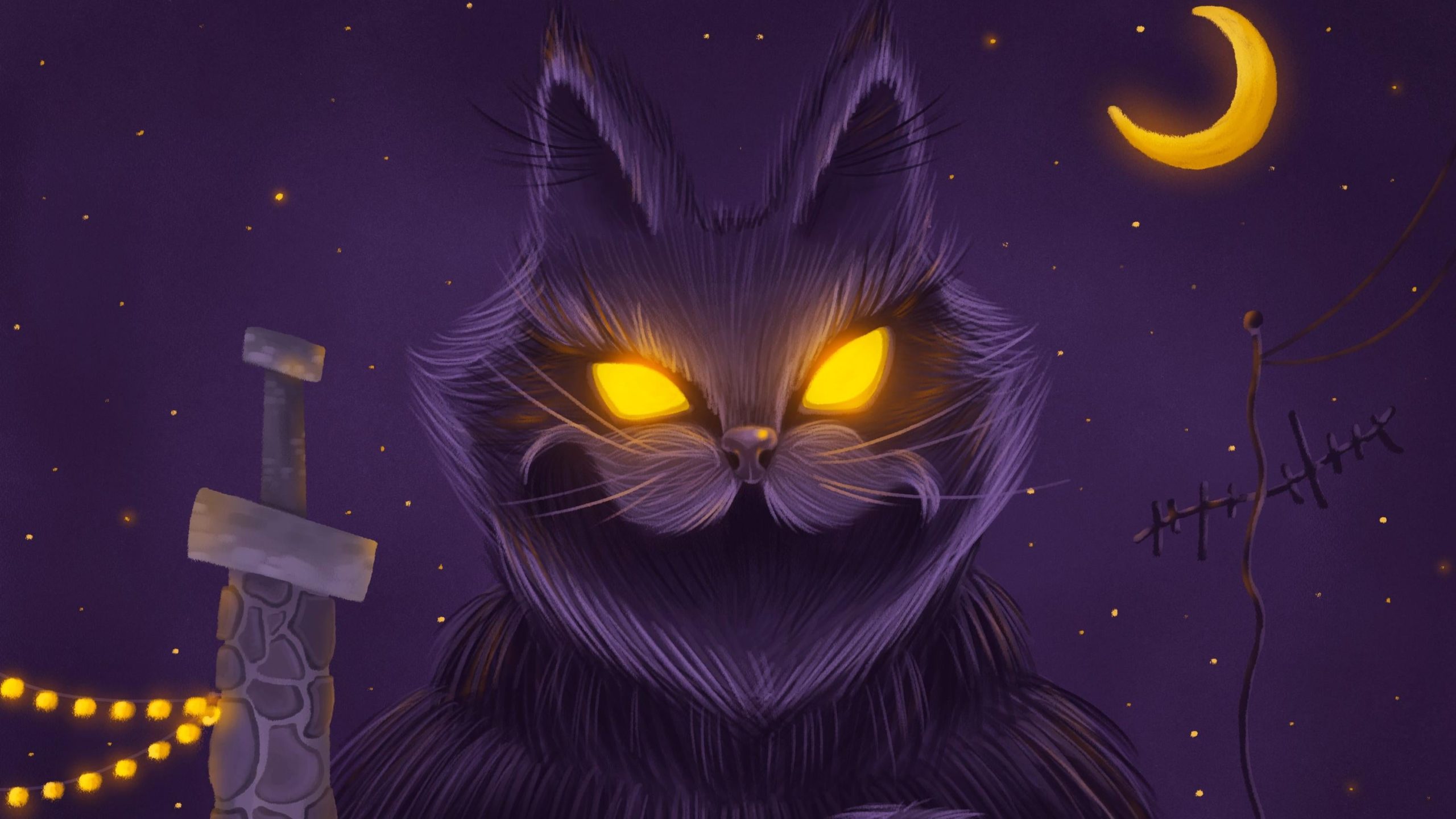
In Iceland, Christmas is ruled by Jólakötturinn, The Yule Cat, a gigantic black feline that roams the countryside devouring anyone who isn’t wearing any new clothing. The legend of The Yule cat was said to have been started by farmers to frighten their workers into completing their work by Christmas. Yay, Capitalism!
Because a mountain-sized cat eating you for being off-trend isn’t frightening enough, Icelandic Christmas traditions also include The Yule Lads. Like a Bizarro-world versions of Santa’s Elves, The 13 Yule Lads roam the countryside bedeviling all. A sample of their ways: Stekkjarstaurm, (Sheep Harasser) is known for his two wooden legs (and for harassing sheep.) Stúfur (Stubby) steals pans to eat the crust therein. Gluggagægir (Window Peeper) looks in windows for something to steal, and Ketkrókur (Meat-hook), uses a hook to steal meat. Just a little something to think about when you’re nestled all snug in your bed.
Night of the radishes (Mexico)

In Oaxaca, Mexico, Christmas is all about radishes. Dec. 23 is Noche de Rábanos, the night of the radish, an annual radish orgy where hundreds of artists carve thousands of vegetables into elaborate scenes from the Bible and contemporary life. Because all True Art is transitory, the radishes quickly rot away. The tradition is said to have started in the mid 18th Century, when Catholic friars bearing oddly shaped radishes caused a commotion at the Oaxaca Christmas market. TV would not be invented for several centuries, you see.
Mummers (Various)
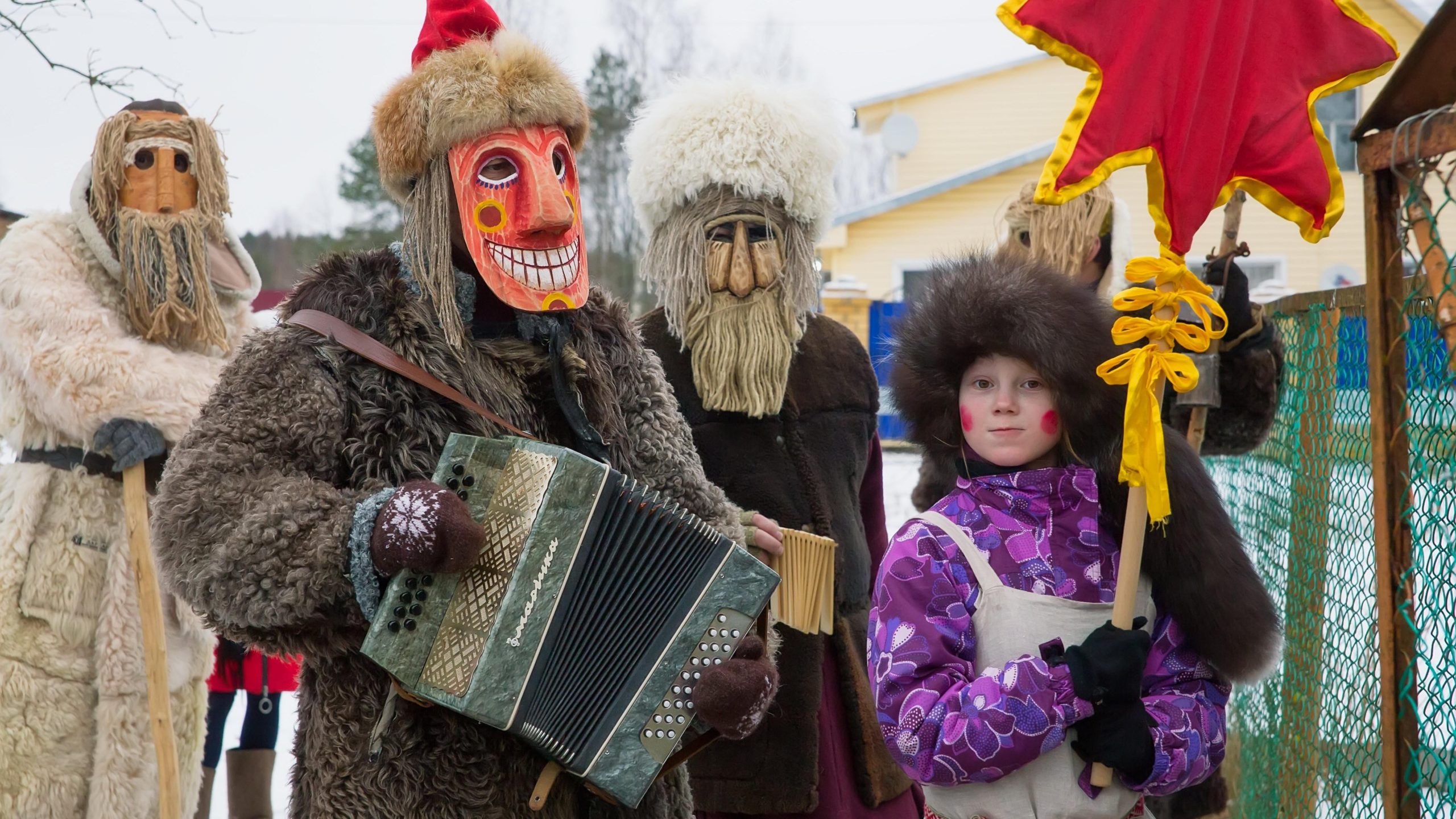
While the specifics vary from place to place, Mummering is a deeply weird ancient Christmas tradition practiced in (usually rural) parts of Canada, Latvia, Newfoundland, and Ireland, wherein packs of men and women dress in elaborate costumes and knock on their neighbours’ doors. Anyone foolish enough to allow the mummers to enter their home is “rewarded” with songs, jokes, and dances. The hosts are expected to guess the identity of their guests, and give them food and drink in return for their entertainment. Mummers say the tradition is not a prelude to a series of brutal murders, but I have seen enough horror movies to know what happens when masked strangers show up at your door at night.
Mummering is also the basis of The Mummers Parade, a Philadelphia tradition designed to give the city’s garbage collectors an excuse to get drunk early in the morning on New Year’s day.
Mari Lwyd, The zombie Christmas horse (Wales)
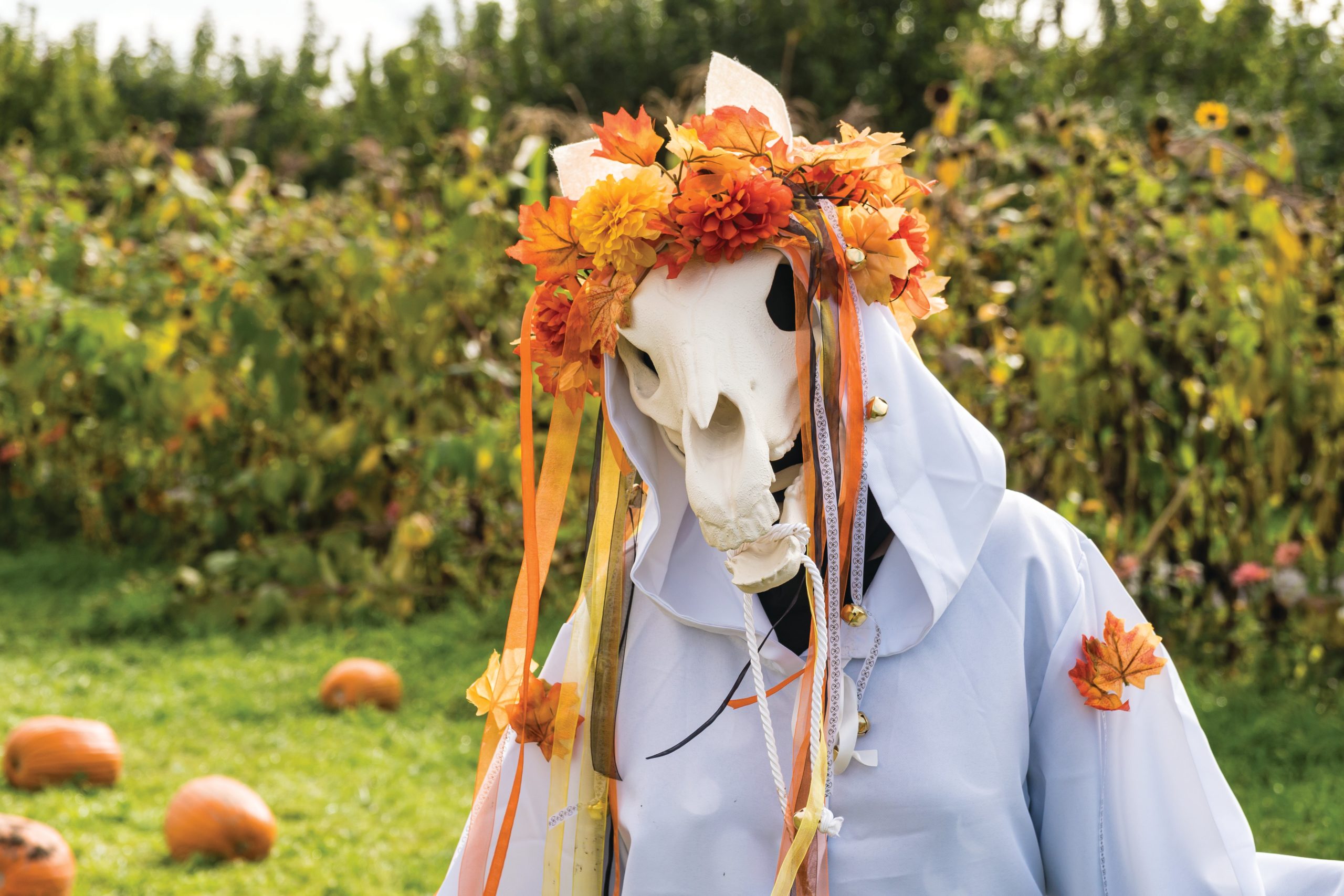
Gathering with friends and family to celebrate the birth of the Big Baby J is ok, but the pre-Christian Welsh celebration of Mari Lwyd is on another level. It works like this: On New Year’s Eve, groups of revelers dressed as ghosts affix a horse skull to a pole, decorate it, and go from house to house with their grotesque puppet, singing a traditional song that begs for entry.
Instead of responding “Dear god, why won’t you leave us alone?” those inside the house hurl rhyming challenges and insults at the ghosts and their dead-horse puppet. A pagan rap-battle ensues in which each side tries to verbally best the other. If Team Dead Horse wins, they are invited in for drinks and food. If the home-owners win, they are presumably allowed to go back to bed.

Leave a Reply
You must be logged in to post a comment.